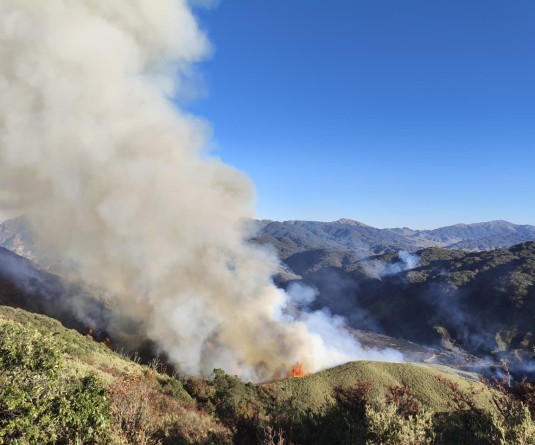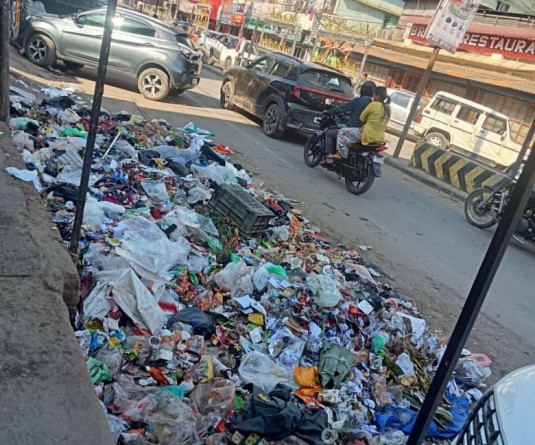
Our Correspondent
Kohima | June 7
VIEWING THE potential of broom grass in generating employment and enhancing rural economy, the state’s department of Land Resources Development is promoting the use of this plant for various purposes. During the State Road Show in Longleng, the department has displayed the products and the value of this plant, which has attracted the attention of many visitors.
“Nagaland is endowed with many natural multi-species of non-timber forest produce, out of which broom grass can play a pivotal role in generating employment and enhancing rural economy because of its easy availability of raw materials and direct uses in every household as a broom, stool/morah, furniture, decorative items, fuel, fodder, paper and pulp industry,” the department said. It can also be effectively used as a soil conservation measure in fragile and degraded lands.
Broom grass (thysonalaena maxima) belongs to the family of poaceae. It is widely distributed all over the state upto an elevation of 1500 mASL. It grows in tussocks. The culms arise centrifugally during the peak growing season (April to July) and bear inflorences (panicle) on shoot apex at the end of vegetative growth. The inflorescence, that is about 30 to 90cm long, resembles a foxtail and is used as a broom.
The department has undertaken a series of studies in all the districts and wishes “to present for the first time this invasive bio-mass plant as a resource for various economic applications through technology transfer.” The department sincerely hoped that the findings will lead to a new era in the development of better technologies to utilise the said plant and gainfully employ and improve the life of the rural people.
Further, the cost estimates for cultivation, yield and economic returns of cultivation has been worked out on the basis of experimental plantation raised at various districts by the department.




.jpg)

